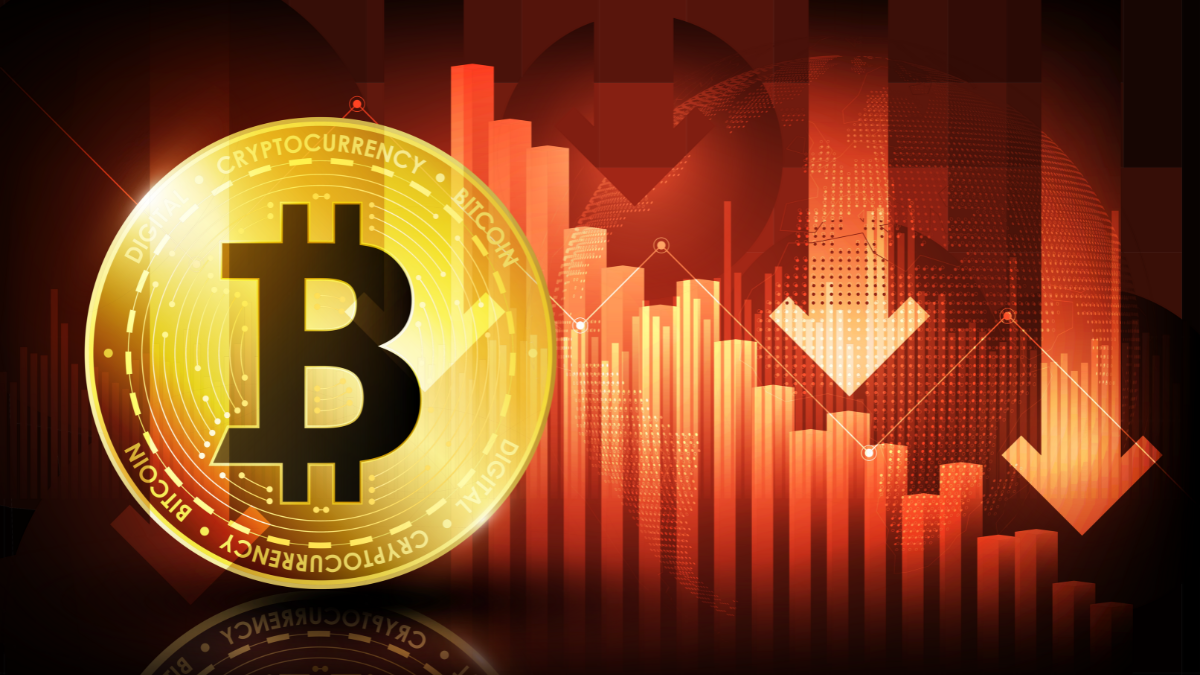It’s not an actual coin, it’s “Download T-Rex Miner,” a digital form of payment that is produced (“mined”) by lots of people worldwide. It allows peer-to-peer transactions instantly, worldwide, for free or at very low cost.
Bitcoin was invented after decades of research into cryptography by software developer, Satoshi Nakamoto (believed to be a pseudonym), who designed the algorithm and introduced it in 2009. His true identity remains a mystery.
This currency is not backed by a tangible commodity (such as gold or silver); bitcoins are traded online which makes them a commodity in themselves.
Bitcoin is an open-source product, accessible by anyone who is a user. All you need is an email address, Internet access, and money to get started.
Bitcoin is mined on a distributed computer network of users running specialized software; the network solves certain mathematical proofs, and searches for a particular data sequence (“block”) that produces a particular pattern when the BTC algorithm is applied to it. A match produces a bitcoin. It’s complex and time- and energy-consuming.
Only 21 million bitcoins are ever to be mined (about 11 million are currently in circulation). The math problems the network computers solve get progressively more difficult to keep the mining operations and supply in check.
Internet users transfer digital assets (bits) to each other on a network. There is no online bank; rather, Bitcoin has been described as an Internet-wide distributed ledger. Users buy Bitcoin with cash or by selling a product or service for Bitcoin. Bitcoin wallets store and use this digital currency. Users may sell out of this virtual ledger by trading their Bitcoin to someone else who wants in. Anyone can do this, anywhere in the world.
Instead, Bitcoin’s value lies simply in its acceptance between users as a form of payment and because its supply is finite. Its global currency values fluctuate according to supply and demand and market speculation; as more people create wallets and hold and spend bitcoins, and more businesses accept it, Bitcoin’s value will rise. Banks are now trying to value Bitcoin and some investment websites predict the price of a bitcoin will be several thousand dollars in 2014.
At checkout, the payer uses a smartphone app to scan a QR code with all the transaction information needed to transfer the bitcoin to the retailer. Tapping the “Confirm” button completes the transaction. If the user doesn’t own any Bitcoin, the network converts dollars in his account into the digital currency.
The retailer can convert that Bitcoin into dollars if it wants to, there were no or very low processing fees (instead of 2 to 3 percent), no hackers can steal personal consumer information, and there is no risk of fraud. Very slick.
Hotels can accept Bitcoin for room and dining payments on the premises for guests who wish to pay by Bitcoin using their mobile wallets, or PC-to-website to pay for a reservation online. A third-party BTC merchant processor can assist in handling the transactions which it clears over the Bitcoin network. These processing clients are installed on tablets at the establishments’ front desk or in the restaurants for users with BTC smartphone apps. (These payment processors are also available for desktops, in retail POS systems, and integrated into foodservice POS systems.) No credit cards or money need to change hands.
These cashless transactions are fast and the processor can convert bitcoins into currency and make a daily direct deposit into the establishment’s bank account. It was announced in January 2014 that two Las Vegas hotel-casinos will accept Bitcoin payments at the front desk, in their restaurants, and in the gift shop.


